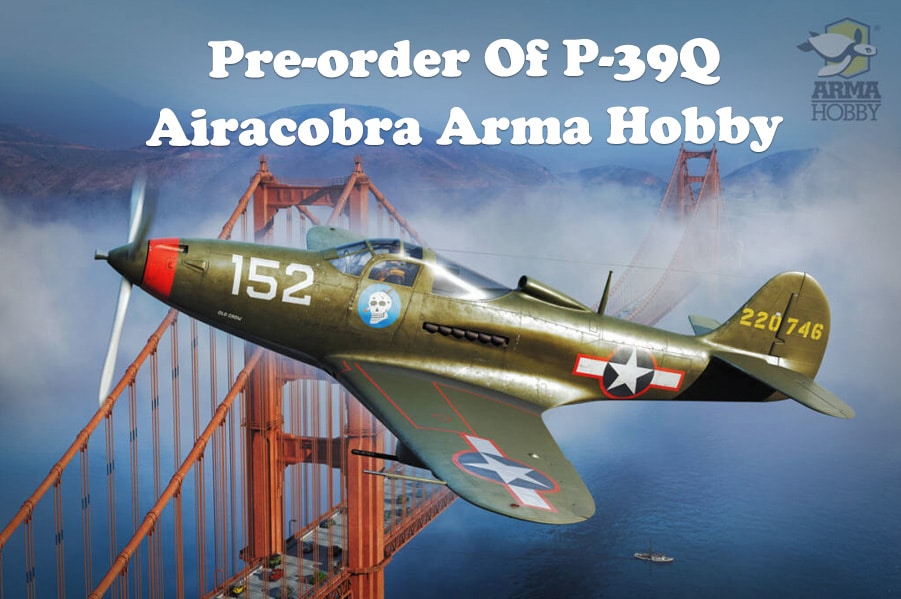P-39Q Airacobra Arma Hobby
Collectors and modelers rejoice! Arma Hobby, a Polish company, has announced a new line of plastic models on a 1/72 scale. The first release in this series is the Bell P-39 Q Airacobra. This detailed model is made with new tooling and is sure to be a hit with collectors. Arma Hobby is known for its attention to detail, and this model is no exception.

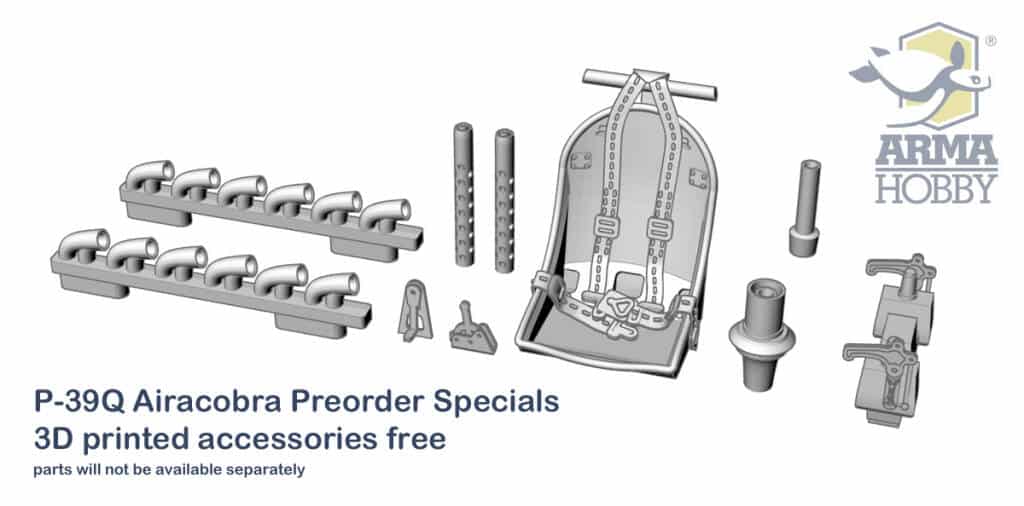
The set includes:
- Plastic borders
- Mask set for canopy and wheels
- 18×12 cm decal set with 5 different marking schemes
- Steel balls for nose weight
- During Pre-Order: Extra 3D printed accessories, pilot seat with seat belt, cockpit details, machine gun barrels, and exhaust pipes – free of charge.

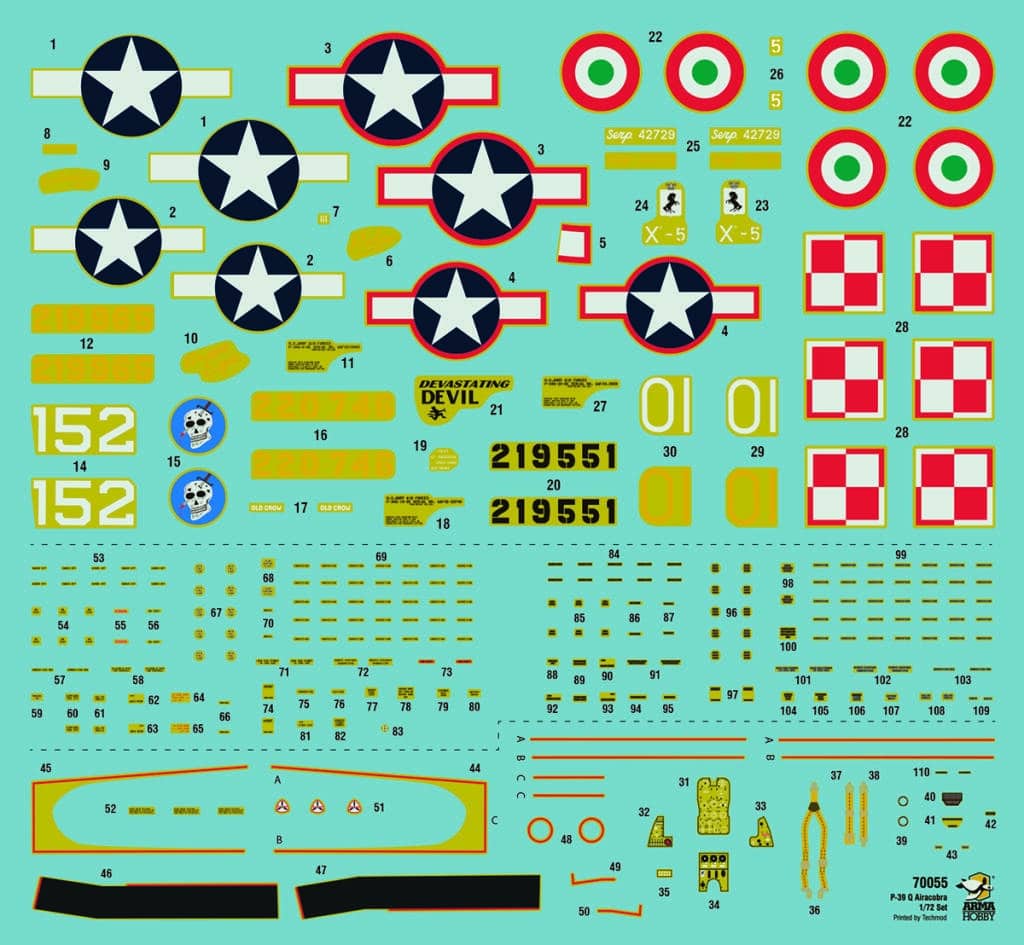
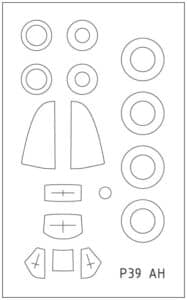

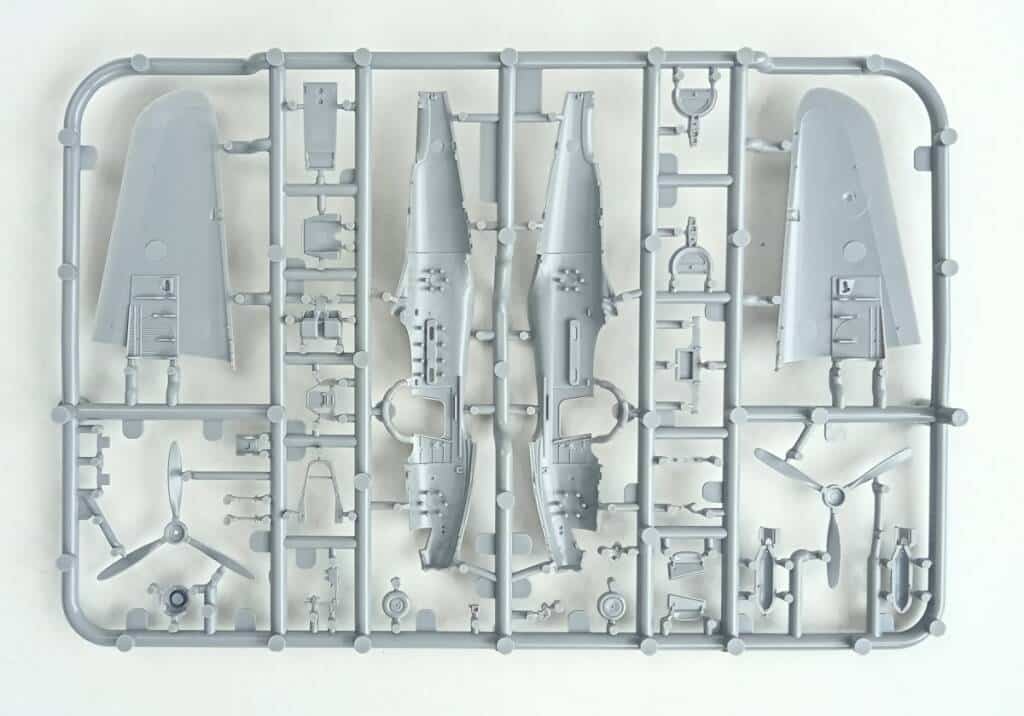
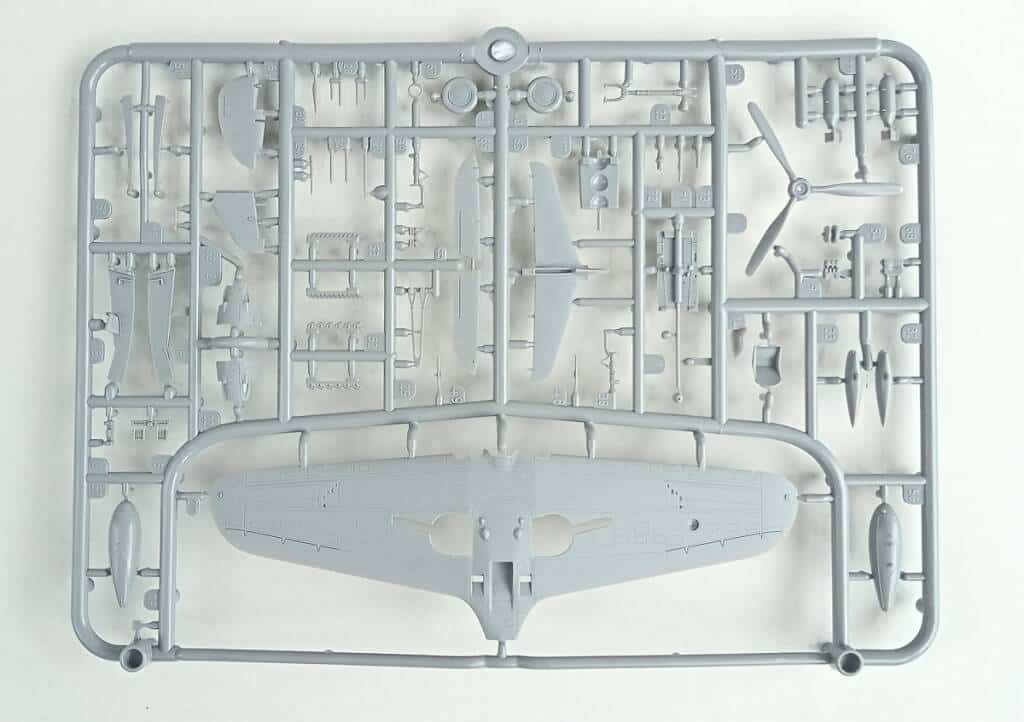
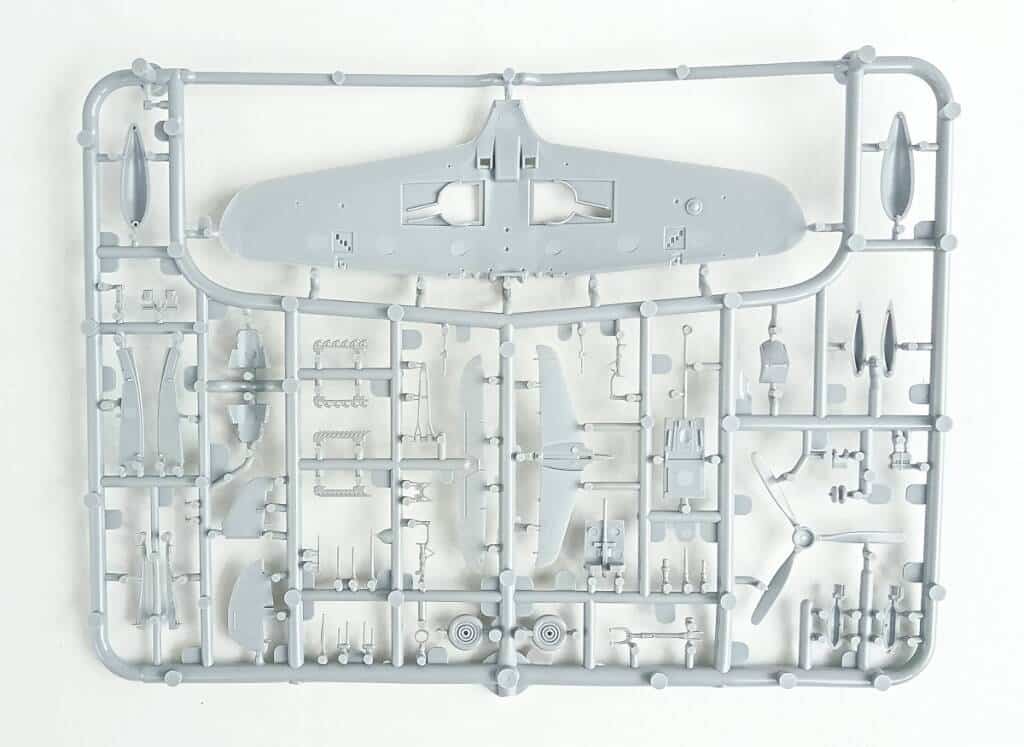
Markings Versions
-
P-39Q-10 Airacobra, 363rd Fighter Squadron, 357th Fighter Group, pilot Lt. Clarence “BUD” Anderson, Oroville, California, October 1943.
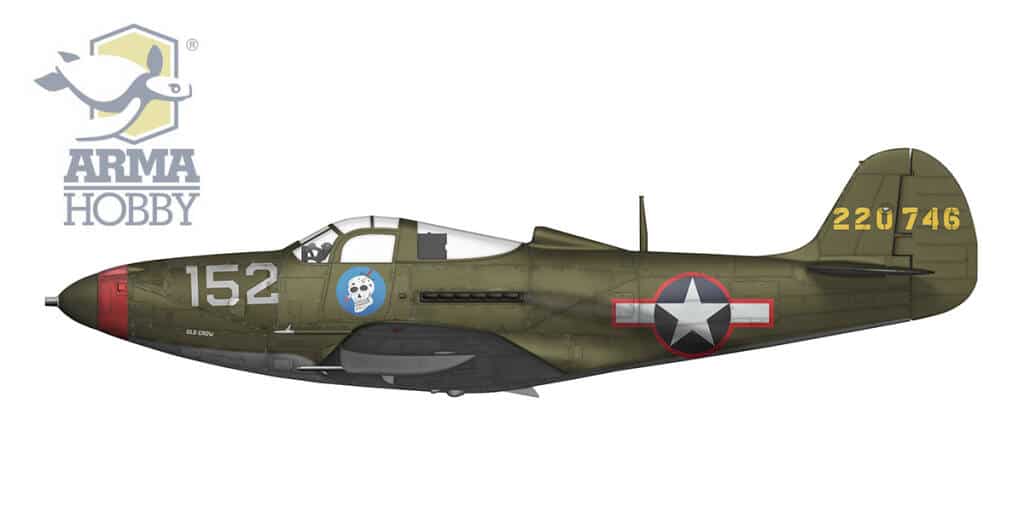
-
P-39Q-1 Airacobra, 6th Fighter Squadron, 15th Fighter Group, Makin, Gilbert Islands, late 1943.
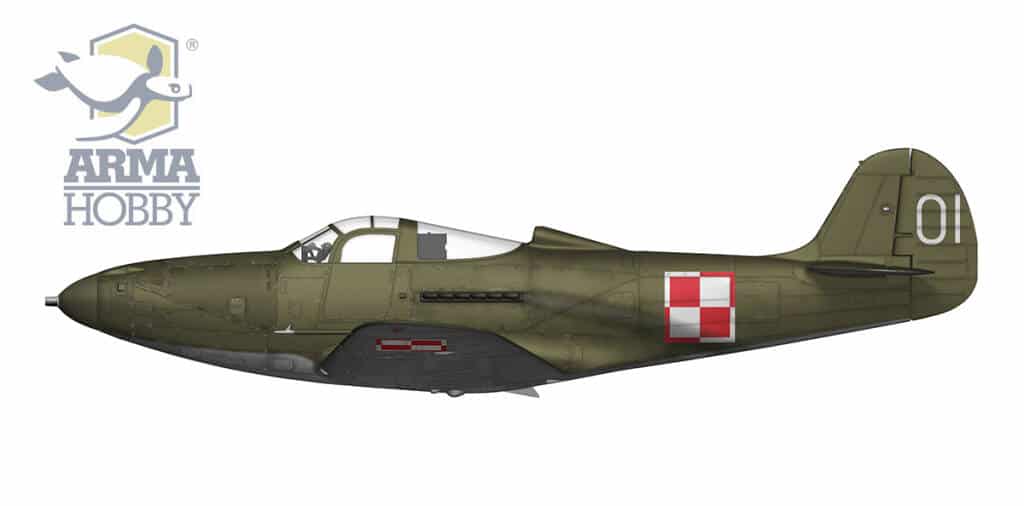
-
P-39Q-15 Airacobra, 10° gruppo, 4° Stormo, Italian Co-Beligerent Air Force, Galatina Air Base, Italy, November 1944.
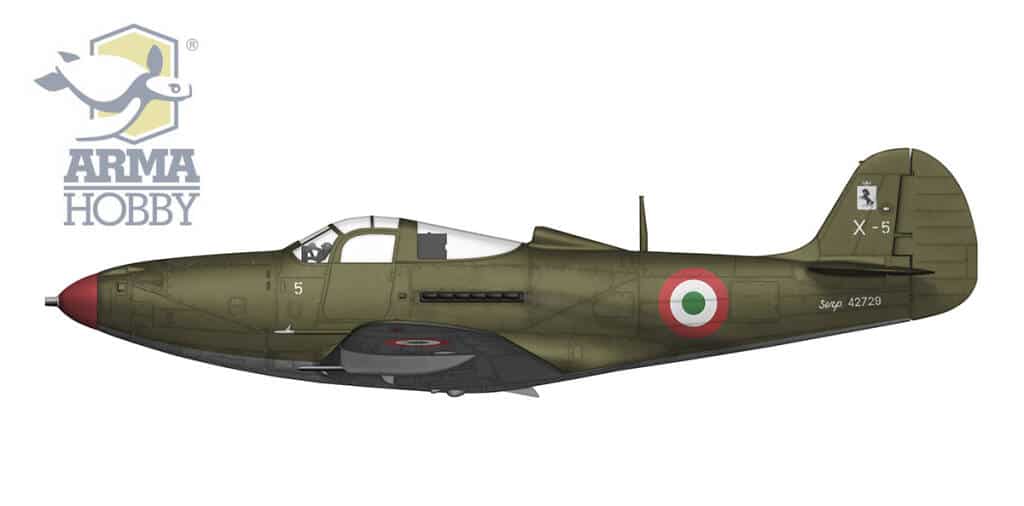
-
P-39Q-6 Airacobra, 82nd TRS, 71st Tactical Reconnaissance Group, pilot: Lt. Michael Moffitt, Saidor, New Guinea, Spring 1944.
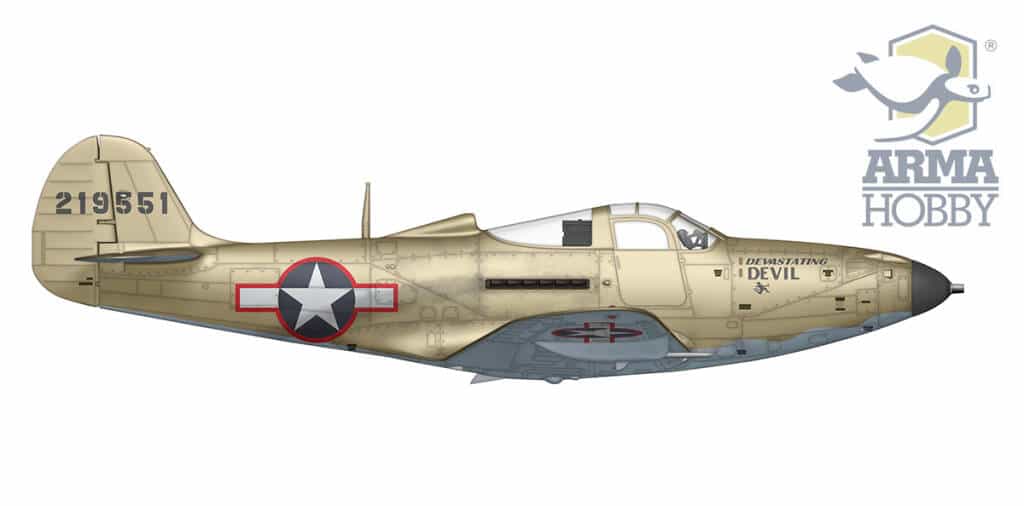
-
P-39Q-20 Airacobra, 2nd Mixed-Special Air Regiment, Polish “people’s” Aviation, pilot gen. col. Fiodor Polynin, Warsaw 1945.
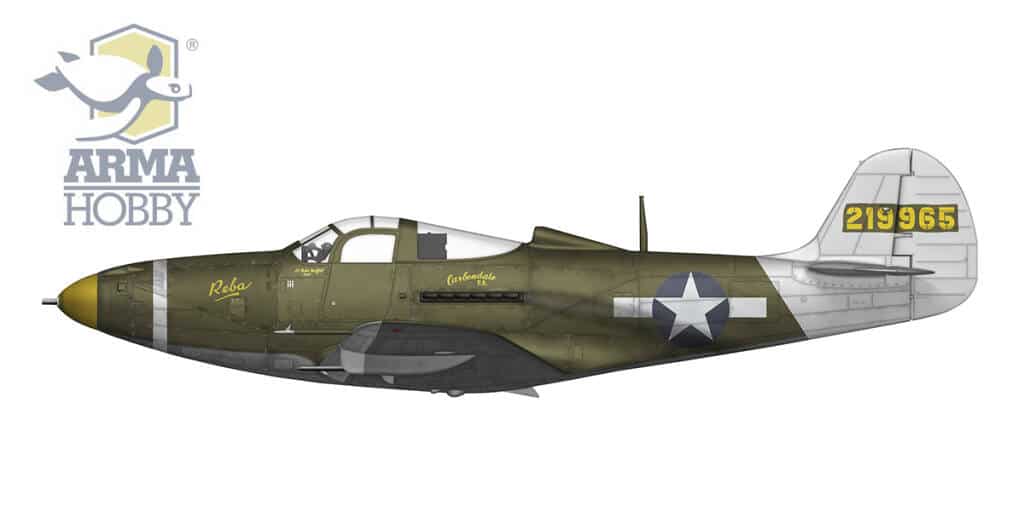
The P-39 Airacobra is one of the most unique and innovative fighters of World War II – Bell designers equipped it with a high-wing, a central engine mounted in the core of the insect and a sturdy 37-millimeter cannon.
The original prototype’s original powerplant was equipped with a turbocharger, which enabled the test fighter’s flight in the early spring of 1939 to be stable at great heights.
Airacobra’s mass production and combat units coincided with the outbreak of war in Europe, and the continental and Japanese fronts. Incorporating the planes led to the delay of the initial orders for France and Great Britain.
They were not delivered in one piece, as those that were transferred to the US forces fighting in the Mediterranean and North Africa first.
With the development of improved plane types, about half of the produce produced by the Cobra was sent to the Soviet Union, where it was particularly successful in its aerial combat at low altitudes for its plane type was built. In World War II, about a quarter of the top 10 Soviet aces flew Airacobras.
The P-39Q was the most published, across 5,000 copies, and the absolute last version of the Airacobra jet. The plane was powered by a 1,200-horsepower Allison engine, while previous versions had this would accommodate two machine guns in the wing stop.
As well as being some of the best pilots in the world, most of the warplanes of this model were assigned to the USSR, where they were utilized for tasks by the most famous fighter aces of the US military. They were also used in combat with the US and Italy Co-Belligerent Air Forces, participating in ground assaults and attack missions.
The “Q” Cobras could also be utilized for teaching, and several after-graduate pilots graduated with them before ever heading towards the front lines. In the postwar era, one P-39Q Airacobra was the proprietary training jet of the Soviet general Fyodor Polynin, commanding the Polish “people’s” aviation.
You can visit the Arma Hobby website for pre-orders.
What’s your Reaction?
+1
+1
+1
+1
+1
+1
+1

